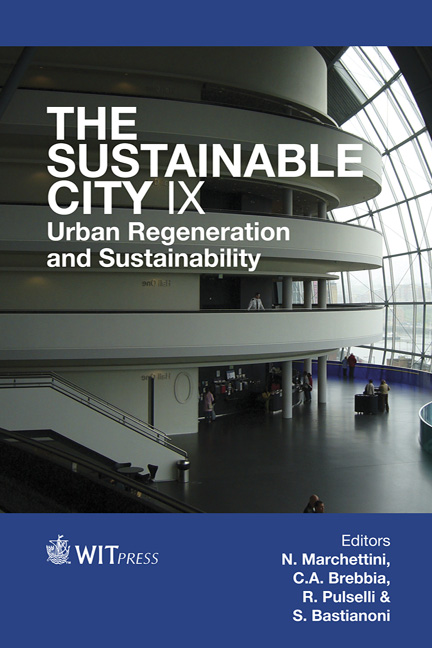The Three Cs Of Intensity: Understanding Rail-based Urban Assemblage In Brooklyn
Price
Free (open access)
Transaction
Volume
191
Pages
13
Page Range
365 - 377
Published
2014
Size
2,500 kb
Paper DOI
10.2495/SC140311
Copyright
WIT Press
Author(s)
M. Vujic
Abstract
Transit-oriented urban intensification is proposed to be the most fundamental planning approach for a sustainable city. The key notion of urban intensity remains vague referring to the integration of land-use, transport and density. Limited research at local scale, reduction to urban form and the lack of a clear conception of intensity has led to inconsistencies in the discourse of transit-orientation. The Brooklyn case study is presented as a laboratory for exploring urban intensity of this rail-based assemblage. The selected study area is mid-rise, compact mix of housing, retail, offices, industry and amenities. The analysis is based on assemblage thinking: place is conceived as a synergy of people, dwellings, functions, densities, flows and practices. It is here proposed that the three complementary Cs: concentration, connectedness and co-functioning mediate urban intensity. Concentration resonates with building heights, site coverage, dwelling densities, co-functioning with functional, formal and social mix, and connectivity with access, movement networks. Urban intensity emerges from the interaction, links and adaptations of the three Cs, and is manifested in flows of people, transport, information and goods throughout the city. This paper explores ways in which urban intensity emerges in the Brooklyn assemblage. This comprehensive multi-scalar understanding of urban intensification contributes to sustainable urban practices.
Keywords
urban intensity, place, assemblage theory, transit-oriented urban design, urban morphology





